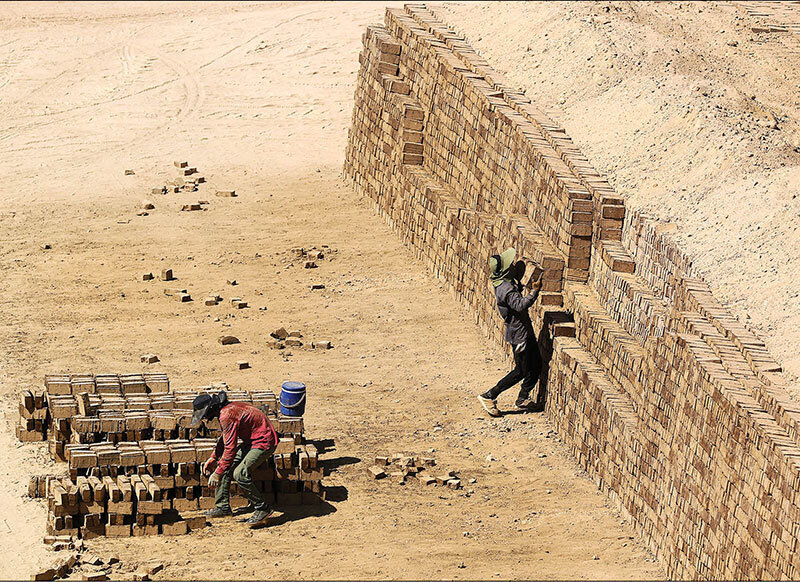Brick kiln, bathhouse in Shahrud made national heritage

TEHRAN – A historical brick kiln and a centuries-old Hammam (public bathhouse) have recently been registered in Iran’s national list for cultural heritage.
According the Shahrud’s tourism chief, by registering these historical buildings and introducing them as effectively as possible, valuable steps can be taken towards preserving and revitalizing these invaluable heritages and passing them on to future generations.
“Now, the number of registered historical monuments in this county has increased to 137,” the official said.
Traditional brick kilns, a common sight across Iran, stand as enduring symbols of the nation's architectural traditions.
Crafted from locally sourced materials such as clay, sand, and straw, these kilns employ age-old techniques passed down through generations. The process begins with workers molding the clay into rectangular bricks, which are then laid out in the kiln to undergo the firing process. Fueled by wood or other combustible materials, the kilns reach high temperatures, transforming the raw clay into durable bricks suitable for construction.
Bathhouses or ‘hammams’ in Iran were not only places for bathing and cleaning up. They had a social concept for people who gathered at these places weekly. Hammam was a place where people talked with each other about their daily life and shared humor and news.
There are still bathhouses in Iranian cities but they do not have their social function anymore since most people have bathrooms in their homes due to the modern lifestyle.
Some 400 kilometers to the east of Tehran, halfway between the capital and Mashhad, and at the junction with the Gorgan road, sits the modern city of Shahrud, which has grown to absorb the historic town of Bastam situated in the hills a few kilometers to the north.
AM
